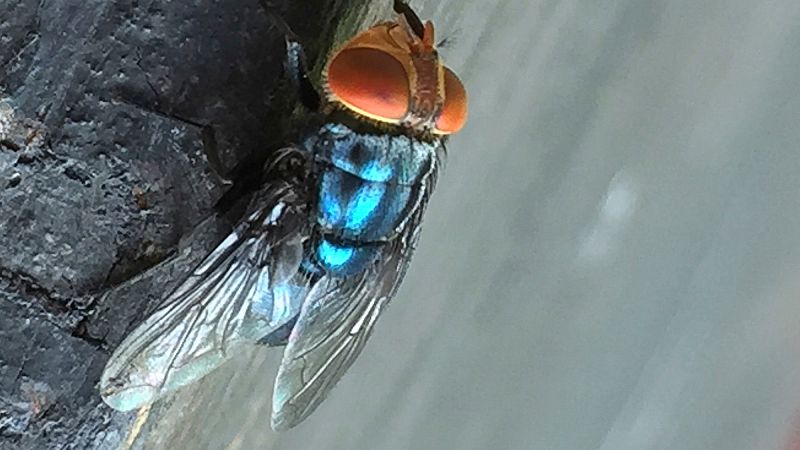US confirms rare case of flesh-eating parasite. Here’s what to know about the New World screwworm

A United States resident who traveled to El Salvador has been diagnosed with New World screwworm – the country’s first reported case tied to travel to a country with a current outbreak.
The US Centers for Disease Control and Prevention (CDC) confirmed the diagnosis on Aug. 4. Federal health officials acknowledged the infection in an emailed statement Monday.
The person has recovered, and investigators found no transmission to any other people or animals, according to health officials in Maryland, where the infected person lives.
New World screwworm is a fly that lays its eggs in open wounds and body openings. The parasite is typically found in South America and the Caribbean.
It is rare in humans but has been a concern to ranchers, as cattle infestations have been moving northward through Central America and Mexico. The CDC is working with the US Agriculture Department to prevent further spread, officials said.
The pest was a recurring problem for the American cattle industry for decades, with Florida and Texas known as hot spots, until the US largely eradicated it in the 1960s and 1970s.
Given that history, the Maryland case is likely not the first time an American has ever been diagnosed with it, said Max Scott, a North Carolina State University researcher who has studied it.
But this appears to be the first case in a US resident in quite a while, he said.
Here’s what to know about the parasite.
What is the New World screwworm?
The name refers to a blue-green blowfly that became somewhat infamous after infestations were reported in the 19th century at the Devil’s Island penal colony off the coast of South America.
Its Latin species name roughly translates to “man eater,” Scott said.
Female flies lay eggs in an open wound or in the nose, eyes, or mouth of an animal or person, which quickly grow into larvae that eat the flesh.
The screwworm part of the name comes from those maggots, which can get up to 17 millimeters long and look like they are screwing themselves into the flesh.
“It’s a nasty parasite,” Scott said.
What are the risks and symptoms for people?
The larvae do not spread from person to person, and they pose a very low overall risk to the public, US health officials said.
According to the CDC, people are at greater risk if they travel to areas with animal infestations and spend time among livestock, sleep outdoors, and have an open wound.
Symptoms can also include painful, unexplained wounds or sores that do not heal. One telltale sign is seeing maggots around open sores. Another is a foul-smelling odor from the affected part of the body.
How is it treated?
Doctors have to remove the larvae, sometimes through surgery.
Do not try to remove or dispose of the maggots yourself, the CDC says.
Are more human or animal cases expected in the US?
It’s possible.
Scientists for decades were able to control the bug by releasing billions of sterilised male flies, but lapses in that work and the migration of people and animals helped them spread northward into Central America and Mexico more recently.
There are new genetic techniques being developed to stop them, and the US government is ramping up its work to control the parasites. But they remain a concern.
“I don’t know if it’s going to come back to the United States,” Scott said.
If it does, the Texas-Mexico border area is likely to be the first place to see it, he said.
What about Europe?
Neither the New World screwworm or its close relative the Old World screwworm have become permanently established in Europe. The Old World screwworm can be found in parts of Asia, the Middle East, and tropical and sub-Saharan Africa.
But sporadic cases could be possible due to international travel.
Today

